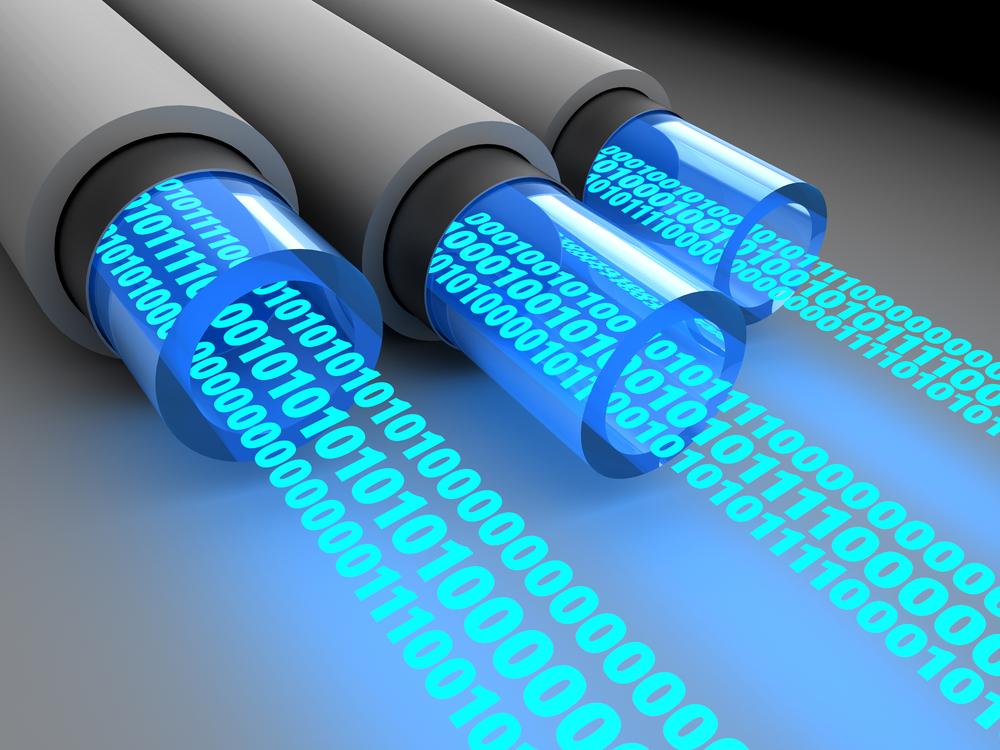A final, strategic Dark Fiber Market Analysis can be effectively conducted using a SWOT framework, which provides a balanced view of the industry's strengths, weaknesses, opportunities, and threats. The market's primary Strength lies in its unique and powerful value proposition. It offers customers unparalleled control, scalability, and security that cannot be matched by managed lit services. This has made it an indispensable asset for the world's largest and most sophisticated technology users, such as hyperscale cloud providers and mobile operators. Another key strength is the business model itself. Long-term IRU contracts provide a very stable, predictable, and high-margin stream of recurring revenue. Furthermore, the massive capital investment required to build fiber networks creates extremely high barriers to entry, protecting the market position of the established players and ensuring the long-term value of their existing assets.
Despite these strengths, the industry has several notable Weaknesses. The most significant is its extreme capital intensity. Building and maintaining fiber networks requires a massive and continuous outlay of capital, which can be a strain on company finances and makes the business sensitive to changes in interest rates and the availability of capital. The market is also characterized by a very long and complex sales cycle, as deals often involve multi-million dollar, multi-decade commitments. Another weakness is the customer concentration. A significant portion of the industry's revenue comes from a small number of very large hyperscale customers. The loss of a single major contract or a decision by one of these giants to build more of its own fiber could have a significant impact on a provider's revenue.
The Opportunities for the dark fiber market are immense and are driven by unstoppable macro trends. The insatiable global demand for data, fueled by cloud computing, AI, and video, provides a powerful and enduring tailwind. The global rollout of 5G technology will require a massive densification of fiber networks for years to come, representing a huge and long-term growth opportunity. Dark Fiber Market Is Projected To Reach $ 16.76B By 2035, Growing at a CAGR of 8.40% During 2025 - 2035. The growing demand from large enterprises for private networks and the expansion of connectivity to the network edge present further opportunities for growth. There is also a significant opportunity for expansion into underserved geographic markets around the world.
Finally, the market must navigate several potential Threats. While difficult to imagine in the near term, the development of new, high-capacity wireless technologies (such as advanced satellite or terrestrial microwave) could eventually pose a competitive threat for some use cases, particularly in difficult-to-reach areas. In the core metro and long-haul markets, the primary threat is competition and potential overbuilding. On very popular, high-demand routes, if multiple providers build redundant paths, it could lead to increased price competition and drive down the lease rates for dark fiber. Finally, any major economic downturn could slow down the large capital projects of its key customers, potentially leading to a temporary slowdown in new lease signings, posing a risk to the industry's growth trajectory.
A final, strategic Dark Fiber Market Analysis can be effectively conducted using a SWOT framework, which provides a balanced view of the industry's strengths, weaknesses, opportunities, and threats. The market's primary Strength lies in its unique and powerful value proposition. It offers customers unparalleled control, scalability, and security that cannot be matched by managed lit services. This has made it an indispensable asset for the world's largest and most sophisticated technology users, such as hyperscale cloud providers and mobile operators. Another key strength is the business model itself. Long-term IRU contracts provide a very stable, predictable, and high-margin stream of recurring revenue. Furthermore, the massive capital investment required to build fiber networks creates extremely high barriers to entry, protecting the market position of the established players and ensuring the long-term value of their existing assets.
Despite these strengths, the industry has several notable Weaknesses. The most significant is its extreme capital intensity. Building and maintaining fiber networks requires a massive and continuous outlay of capital, which can be a strain on company finances and makes the business sensitive to changes in interest rates and the availability of capital. The market is also characterized by a very long and complex sales cycle, as deals often involve multi-million dollar, multi-decade commitments. Another weakness is the customer concentration. A significant portion of the industry's revenue comes from a small number of very large hyperscale customers. The loss of a single major contract or a decision by one of these giants to build more of its own fiber could have a significant impact on a provider's revenue.
The Opportunities for the dark fiber market are immense and are driven by unstoppable macro trends. The insatiable global demand for data, fueled by cloud computing, AI, and video, provides a powerful and enduring tailwind. The global rollout of 5G technology will require a massive densification of fiber networks for years to come, representing a huge and long-term growth opportunity. Dark Fiber Market Is Projected To Reach $ 16.76B By 2035, Growing at a CAGR of 8.40% During 2025 - 2035. The growing demand from large enterprises for private networks and the expansion of connectivity to the network edge present further opportunities for growth. There is also a significant opportunity for expansion into underserved geographic markets around the world.
Finally, the market must navigate several potential Threats. While difficult to imagine in the near term, the development of new, high-capacity wireless technologies (such as advanced satellite or terrestrial microwave) could eventually pose a competitive threat for some use cases, particularly in difficult-to-reach areas. In the core metro and long-haul markets, the primary threat is competition and potential overbuilding. On very popular, high-demand routes, if multiple providers build redundant paths, it could lead to increased price competition and drive down the lease rates for dark fiber. Finally, any major economic downturn could slow down the large capital projects of its key customers, potentially leading to a temporary slowdown in new lease signings, posing a risk to the industry's growth trajectory.
Explore Our Latest Trending Reports:
Risk Management Software Market Size


